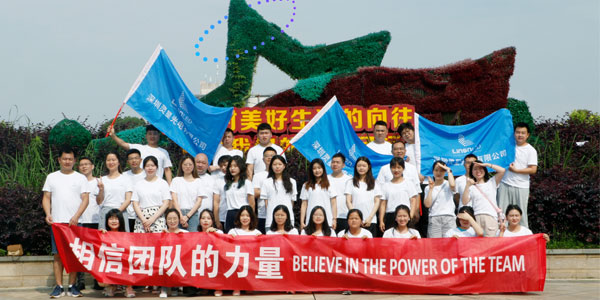2 Mins Know Importance of Refresh Rate in LED Screen!
When comes to the main parameters of LED display screen, like pixel pitch, indoor or outdoor, fixed or rental, front or rear maintenance, led lamp brand, and SMD type, there is also a refresh rate of 1920hz or 3840hz. What does the refresh rate mean? What is related to the refresh rate, IC?
How to choose refresh rates 1920hz and 3840hz and 7680hz? In this article, we do not analyze the technical points of refresh rate, but from the point of user, user experience, user field, use scene, and environment.
1.What does the refresh rate of LED Screen mean?
The refresh rate is the number of times the display screen is repeatedly displayed by the display screen per second, and the unit is Hz (Hertz).
The refresh rate is an important indicator to characterize the stability and non-flickering of the LED display screen. It mainly refers to the update rate, which is usually indistinguishable by the human eye when it is greater than 60HZ.
The higher the refresh rate, the lower the flicker of the picture and the sharper the image. The lower the refresh rate, the more likely the picture will flicker.

It is related to the scan rate and type of IC. Following chart is the common IC to the corresponding refresh rate with the common led modules.
| IC No. | Scan Range | Refresh rate |
| ICN2037 | ≤32/Scan | 960-1920HZ |
| ICN2038S | ≤32/Scan | 1920HZ |
| ICN2153 | ≤32/Scan | 3840HZ |
| SM16380 | ≤64/Scan | rental, small-pitch, 3840HZ |
| MBI5124 | 32/Scan | 1920HZ |
| MBI5253 | 32/Scan | 3840HZ |
| MBI5268 | 1-128/Scan | small-pitch, 3840HZ |
| MBI5264 | 1-64/Scan | 16Bit&HDR,3840HZ |
2. How to choose refresh rate 1920hz and 3840hz and 7680hz?
In the LED display Screen field, with the development of LED display technology, we have upgraded to 1920hz, 3840hz, or even 7680hz. However, because our human eye cannot identify them directly for 1920hz, 3840hz, and 7680hz, how to choose them? 1920hz and 3840hz are two common refresh rates in led displays.
All indoor and outdoor screens can reach 3840hz.
1920hz: considering the different costs of IC and image quality of led display, we usually recommend 1920hz in outdoor displays, outdoor media advertising display screens (DOOH), such as outdoor advertising LED screens, outdoor video walls, etc.
Since the display screen the viewing distance of the audience has been relatively far, generally 10m-200m, it is sufficient to refresh 1920hz for outdoor high-brightness LED display for photography and video, and 1920hz is rather cost-effective.
3840hz: While indoor used for stage performances, concerts, and concerts, with near viewing distance and people like to use their mobile phones or cameras to capture the scene of the stage, they can see clearly the led displays.
In order to ensure that mobile phones or cameras can capture high-definition video images, 3840hz is the better quality image and visual experience. Especially for the small pitch below 2.5mm, COB, and 3D naked-eye led billboard, a 3840hz higher refresh rate is strongly needed.
LInsn High-definition LED Display Customer Cases!



7680hz: Working with a large 3D LED display, and camera with a tracking device on top, LED virtual production technology has become a historic tidal in today’s film industry.
In media publicity, photography, and video graphs are often used, and the high refresh rate of 3840hz or 7680hz can effectively reduce water ripples, that means mobile phone shooting or camera shooting can be as authentic as possible, approaching the effect seen by the naked eye, so that propaganda gets twice the result with half the effort.
3. Conclusions
In conclusion, if you are not sure how to choose the refresh rate, within the range of your budget, 3840hz is preferred in both indoor and outdoor led displays, fixed and rental displays. For special usage of led displays like COB, 3D naked-eye, and XR-led billboards, 3840hz is the minimum required, and XR virtual production is 7680hz.
